Research and Evidence based article is taken from the study by Dr. Zhifei Sun MD
Hemorrhoid, also known as piles, is one of the most prevalent gastrointestinal diagnoses in the world. Why Hemorrhoid Pain Worse at Night? Because, the levels of the anti-inflammatory hormone cortisol are naturally lower at night; plus, staying still in one position might cause joints and muscle to stiffen up. Sometimes the same pain may actually change in the wee hours They're horrible.
If you don't treat hemorrhoids then check out these 12 hidden dangers of hemorrhoids and risk factors. Are your hemorrhoids bleeding a lot by hemorrhoids bursting? Check out this article- What happens if a hemorrhoid burst and best sitting position for hemorrhoids.
Contents
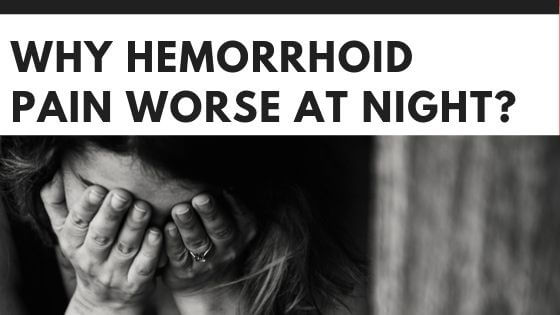
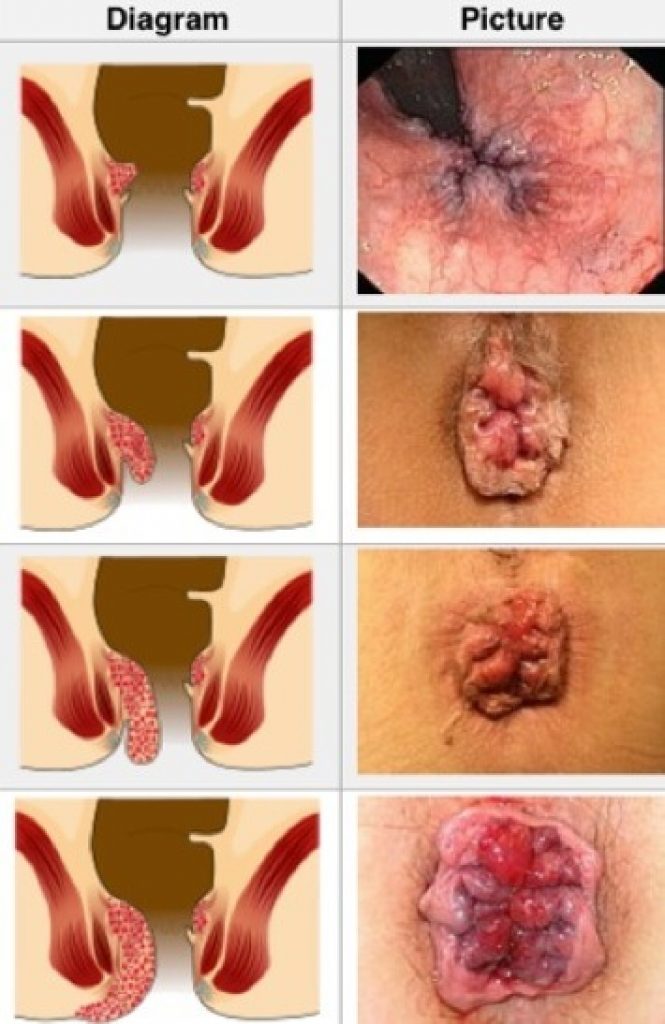
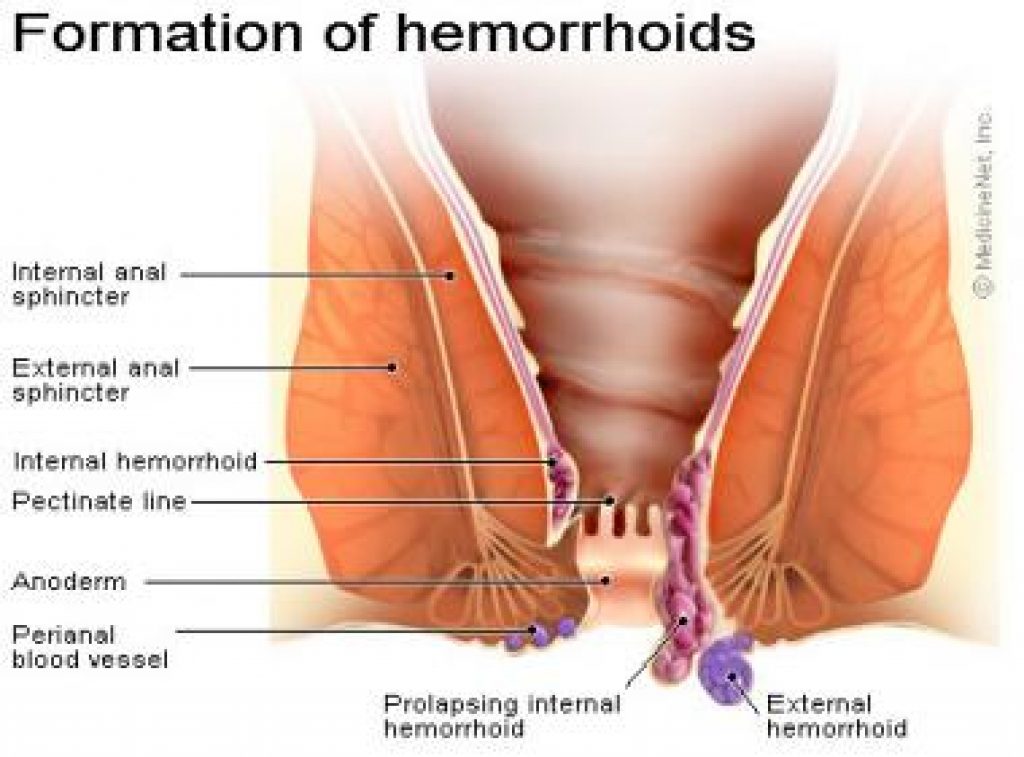
Medically, a hemorrhoid is the symptomatic enlargement and distal displacement of the normal anal cushions. In this, anal tissues swell and the victim's rectal passage bleed during a bowel movement.
The National Center for Health Statistics reports that nearly 23 million people (12.8 percent of US adults) have symptoms from internal hemorrhoids. Other studies report up to a 40 percent prevalence of symptomatic internal hemorrhoids in the United States.
But wait. is it hemorrhoid or something else? Dr. Pickron said, " Most of the patients we see for anorectal pain don't have hemorrhoids, but the real causes of pain are more things like fissures, an abscess, and other things." (1)
Hemorrhoids are often associated with:
All these acts interfere with blood flow to and from the anal canal, causing it to pool and enlarge the vessels lining the anus and/or rectum. This pattern also explains why hemorrhoids are common during pregnancy, when the enlarging uterus presses on the veins.
Rectal bleeding during bowel movement is the most common symptom of hemorrhoids. Besides, pain in the anal path and its surroundings may accompany the victim.
Hemorrhoids can be more painful during the night. Some victims are reported to suffer throughout the night from hemorrhoid pain.
Hemorrhoid is the 4th leading outpatient gastrointestinal disease reported in the United States which accounts for nearly 3.3 million cases annually. Also, personal claims for being a victim of hemorrhoids account for nearly 10 million cases.
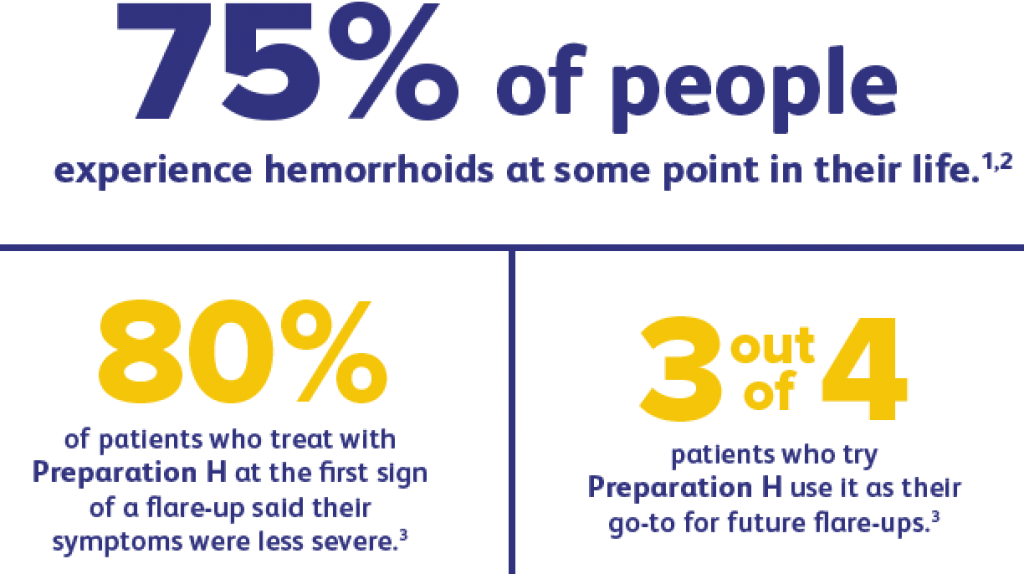
About 89 percent of all Americans will experience hemorrhoids at some point in their lives. Hemorrhoids, also called piles, have been reported to occur in roughly 1 in 20 people in the U.S. About 50% of people over the age of 50 have hemorrhoids. Source
[Source: https://www.ncbi.nlm.nih.gov/pmc/articles/PMC4755769/]
About 75% of people will have hemorrhoids at some point in their lives, according to the U.S. Department of Health and Human Services, and about half of all people will have them after age 50. In the United States10.4 million people, or 4.4 percent of the general population have hemorrhoids. Approximately 1 million new cases are diagnosed per year.
However, only one-third of these 10.4 million seek treatment each year. Among many other factors, this figure is caused partially by physicians not performing simple, routine internal hemorrhoid treatment s. However, with the growing popularity of rubber band ligation, more medical professionals are diagnosing and treating internal hemorrhoids.
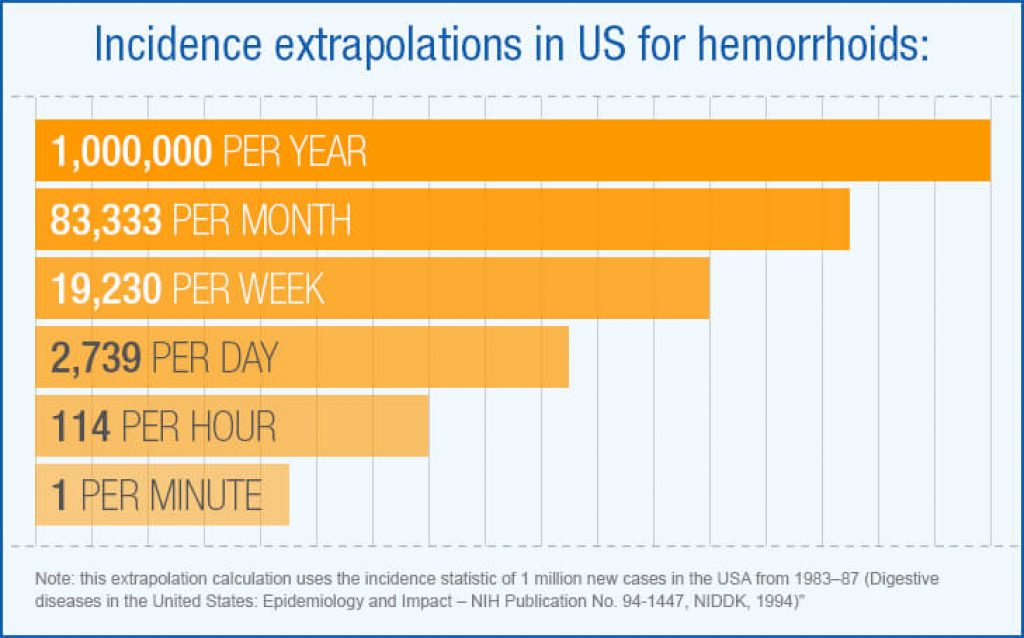
Hemorrhoids are very common and affect up to 5 percent of the general population, particularly people over the age of 50. Both male and female aging 45-65 are prone to severe effects of hemorrhoid condition.
Stay with this article as we are going to illuminate you with some relevant aspects of hemorrhoids in the following.
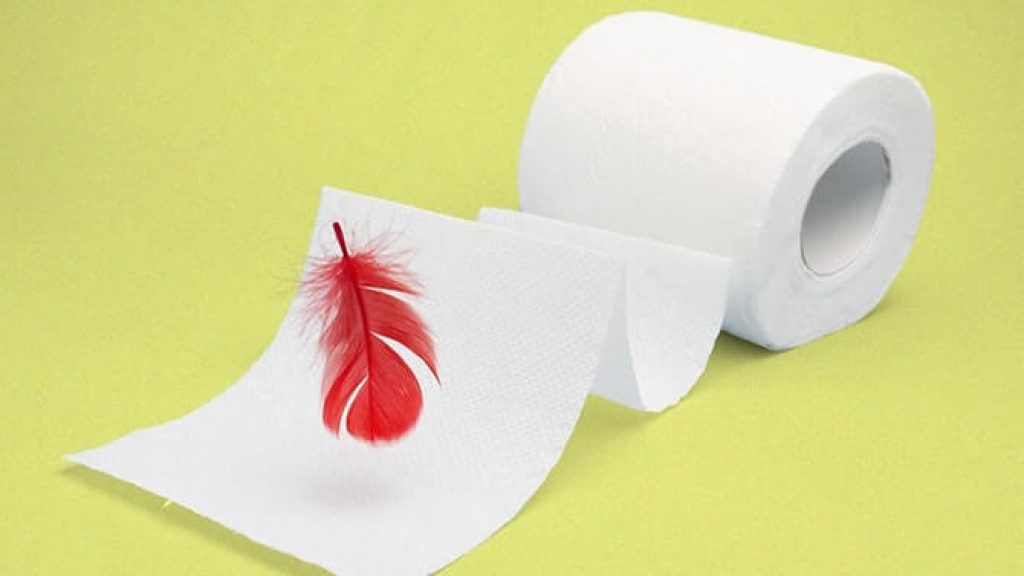
Hemorrhoids give you cramps and hemorrhoids cause digestive problems. Sometimes hemorrhoids cause stomach and back pain. Even hemorrhoids can lead to colon cancer. Moreover, external hemorrhoids create the most uncomfortable situation, because the overlying skin becomes irritated and erodes and you can feel or see a lump around the anus. Sometimes, inside external hemorrhoids, there form blood clots and the pain can be sudden and severe.
*Use Seat Cushion for treatment of chronic or acute pain by alleviating pressure in strategic areas.
Everlasting Comfort Memory Foam Seat Cushion uses a U shaped ergonomic design recommended by orthopedic surgeons and medical doctors across the globe.
100% Gel-Infused & Ventilated Memory Foam Seat & Back Cushions provide the perfect blend of comfort and support to alleviate pain in the most acute areas.
Are you suffering from a crazy painful anal fissure for a year? You can use hemorrhoids cream. But do creams cure hemorrhoids? It is not a permanent solution. But hemorrhoid creams are medicated treatments to relieve the pain, itching, burning, and irritation caused by hemorrhoids. Let's check for hemorrhoids treatment at home fast.
Apply to the affected area up to 3 times daily. Clean the affected area with mild soap and warm water, rinse thoroughly, and then gently dry. To use dispensing applicator, open tube seal with the top of the cap, attach the applicator to tube, lubricate well, gently insert partway into anus and squeeze tube to deliver medication. After that, you must cleanse the applicator with mild soap and warm water.
How to sit with hemorrhoids? Lying down with a hemorrhoid seat cushion pillow beneath your knees. Pillow will relieve pressure from the anal canal and reduce the load of your abdominal weight on your pelvic floor.
Pruritis ani is a dermatological condition characterized by itching in the anal area. The itching may become worse at night or after a bowel movement. Scratching the area results in further irritation and makes the itching worse instead of relieving it.
According to coloproctologists, hemorrhoids are of two types [ Source]
This type of hemorrhoid stays inside the rectal line. It cannot be felt until it pushes through the anus and bears down with itching and pain.
Internal hemorrhoid is not severe as it can be treated without surgery. Some home remedies and proper medications can alleviate the prolapse hemorrhoid agitations.
A prolapsed hemorrhoid can be classified as a low-graded hemorrhoid. It can be controlled with proper diets like ample fiber, daily water consumption, correct sitting posture & timing, exercises, etc.
When blood flow in the prolapsed hemorrhoid clots, it swells even more and creates more pain in the anus. The swollen lump can be felt uneasily inside the outer skin of the anus.
External hemorrhoids can be classified as a higher or critical-graded hemorrhoids. This needs serious medical attention.
Thrombosed hemorrhoid needs proper medical diagnosis like colonoscopy to test blood traces in the stool. If medication and lifestyle approaches fail, surgery may be the last option to remove the agitating hemorrhoid part.

Symptoms of hemorrhoids can be identified based on the type of hemorrhoid one has developed.
A person with Internal or Prolapsed Hemorrhoid may develop the following symptoms:
Let's Check out hemorrhoids symptoms-
Internal hemorrhoids may swell and extend towards the end of the intestinal line. The prolapsed or extended hemorrhoids can be felt as a lump on the anus.
Most patients may notice hemorrhoid symptoms when they see bleeding during a bowel movement. Itching and paining are the other two common symptoms in the prolapsed hemorrhoids.
The prolapsed hemorrhoid lump can be pushed back inside though it doesn't solve hemorrhoid itself completely. It only relieves agitation on the outside location of the anus.
The prolapsed hemorrhoid lump may enlarge and swell even more if it's left unmoved and untreated.
With more times of ignorance and inappropriate treatment, the prolapsed hemorrhoid can reach a state where urgent medical assistance is required.
A person with hemorrhoid symptoms may constantly feel the need for bowel movement throughout the day. The stool may not be stable i.e. it may be hard sometimes or one may experience loose motion continuously for a couple of days.
Rectal cancers are diagnosed by biopsy whereas hemorrhoids can be palpated by a physical exam and it is easy. Sigmoidoscopy or colonoscopy may be ordered to look for other causes of blood in the stool.
symptoms of anal cancer:
You will know that your prolapsed hemorrhoid has become severe if you notice the following symptoms:

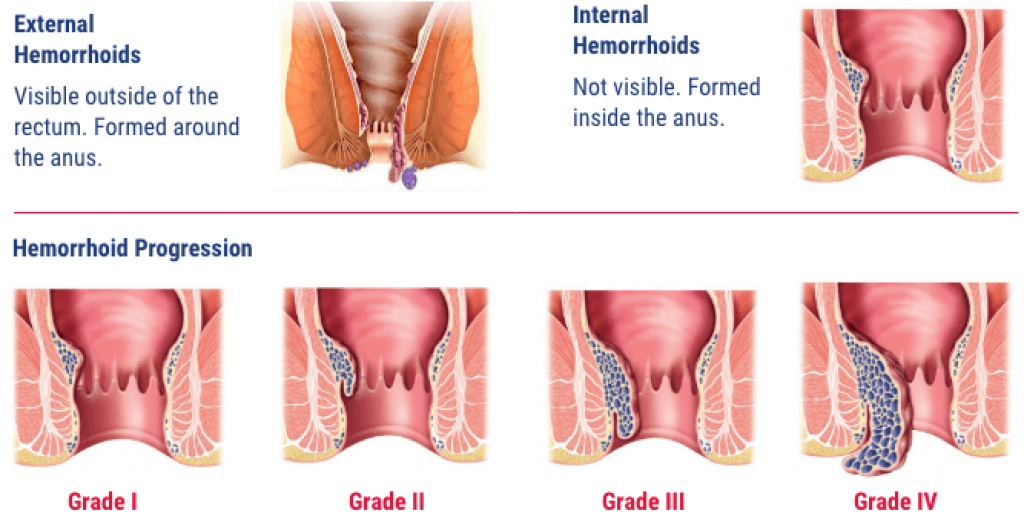
If the hemorrhoid is left untreated for a long time, blood may clot in the hemorrhoidal passage. This eventually would lead to severe pain and inflammation.
As more days pass, the victim may find it harder to release bowel because of bleeding and inflammation in the anus. Regular activities like sitting, lying, or walking could become a hassle and painful.
Note: One must be careful not to diagnose the bleeding and inflammation as hemorrhoids on every occasion. There may be hidden infection or tumor in the rectal lines that might cause such penetration other than hemorrhoids.
Medically, the hemorrhoid is classified into two forms: prolapsed and thrombosed. Both these types are identified by the positions and progressive stages of hemorrhoids.
Below are some points that differentiate between these two types of hemorrhoids:
| SL No. | Prolapsed Hemorrhoid | Thrombosed Hemorrhoid |
| 1 | Prolapsed hemorrhoid is the extended or grown lump of the internal hemorrhoid. | Both internal and external hemorrhoids can become thrombosed if the rectal blood passage is filled with clot. |
| 2 | It extends out of the opening of anus and the patient can feel it. | This can swell even more due to the blood clotting inside the hemorrhoid lump. A victim will see bleeding during stool disposal. |
| 3 | The lump caused by prolapsed hemorrhoid can be pushed back inside, but that only deters the pain briefly. | |
| 4 | Prolapsed hemorrhoid is caused by cigarette smoking, diarrhea, constipation, undisciplined bowel activities, pregnancy, etc. | Thrombosed hemorrhoid is caused by constant sitting, straining during stool movement, giving birth, eating less-fibered food, etc. |
| 5 | A victim of prolapsed hemorrhoid finds it hard to sit comfortably as the lump hurts or agitate. | Thrombosed hemorrhoid can be very painful. |
| 6 | Reason behind the normal hemorrhoid turning prolapsed is the surrounding tissue becoming weak over time. | Reason behind thrombosed hemorrhoid is the blood clot inside hemorrhoid lump over time. |
| 7 | Prolapsed hemorrhoid is diagnosed by its visibility or digital examination by the doctor. | Thrombosed hemorrhoid is diagnosed by its visible swelling in the bore-down lump. |
| 8 | Prolapsed hemorrhoid can be graded in 4 states: Grade 1 depicts a regular or un-prolapsed hemorrhoid. Grade 2 depicts the initial prolapsed stage which may retreat or heal by itself with time. Grade 3 depicts the extended lump hemorrhoid that can be pushed back inside. Grade 4 is the most painful stage of prolapsed hemorrhoid that cannot be pushed back manually or requires surgery. | Thrombosed hemorrhoid is the initial or the near state of hemorrhoid in which critical medical attention may be necessary. If home remedies and lifestyle don't work well, moderate or major surgery is required to remove the hemorrhoid part. |
| 9 | Prolapsed hemorrhoid can be cured or nursed at home before reaching critical state. Prescribed topical ointment, warm bath, soaking the places around anus in warm water, massaging with ice to prevent swelling, etc. could help. Also, one may eat fiber enriched foods regularly to make bowel movement easy. | Like prolapsed, thrombosed hemorrhoid can be treated at home with hemorrhoid cream, ice pack massage, soaking in warm water, and painkillers. Other home remedies and nursing are using wet wipes in toilet, applying pure Aloe Vera gel and Witch Hazel, taking fiber supplementation, etc. |
Hemorrhoids may take place in the rectal line due to various causes and different medical conditions. Lifestyle, food habits, work habits, etc. may contribute to hemorrhoid development.
Hemorrhoid can be endemic though most cases are reported to medical attention at the last stages. According to a study back in 1990, about ten million patients complained about hemorrhoids in the United States [Source: https://www.ncbi.nlm.nih.gov/pubmed/2295392]
Risk of hemorrhoids increases as you age. This is because the rectal vein tissue weakens with age.
Risks to consider:
A blood clot may take place in the hemorrhoid which is extremely painful for the patient. This may lead to the need for draining or cutting the thrombosed hemorrhoid.
Regular bleeding during stool release may lead to blood loss. This may disable the victim's body producing blood cells. Anemia may lead to other complications like difficulty breathing, nausea, head spinning, etc.
Sometimes blood flow to hemorrhoid may be interrupted which causes hemorrhoid strangulation. This makes the patient feel extreme pain.
[Source: https://www.ncbi.nlm.nih.gov/pmc/articles/PMC3342598/]
Sleeping at night with hemorrhoid may become irksome as the pain will increase later in the day. The anal lump caused by hemorrhoid would have to take the pressure as you lie on your back.
If you ever fall asleep, uncontrolled pressure will be put on the anal muscle and rectal passage by your movement. Thus your pain will increase and come across your sleep.
Putting off bowel movements can worsen constipation, which then aggravates hemorrhoids. Try elevation. Elevating your feet a bit with a step stool as you sit on the toilet changes the position of the rectum in a way that may allow for easier passage of stools. When trying to avoid or prevent piles flare-ups, one major rule of thumb is to make sure you're getting enough fiber.Eat-
The rule of thumb is- don't lie on your back. Lying on your back weights up pressure on your anal and rectal passages which in result causes you pain.
Follow the below ideas to lessen pain while lying down with hemorrhoid:
[Source: https://hemhealing.com/2013/07/best-position-to-sleep-for-hemorrhoidscid20130703hhrm/]
There's no absolute time frame of how long hemorrhoids flare-ups could last. This is occasional and may end up within a few hours or in a few days.
Hemorrhoid flare-up simply lasts depending on the type or state of hemorrhoids one has developed. The hemorrhoid flare-ups and their duration can be identified as follows:
Hemorrhoids are natural in every one since it is the lowest part of the anal and rectal line. It becomes a concern when it protrudes outside the anus opening due to a few internal physical functions.
Constipation and straining during bowel movement contribute to the prolapsed hemorrhoid. Blood flow in the rectal passage gets interrupted which enlarges the hemorrhoidal line, hemorrhoid holding tissues get stretched and affected; hence internal wall feels irritation, itching, and pain.
[Source: https://www.ncbi.nlm.nih.gov/pmc/articles/PMC3140328/]
If external hemorrhoids become thrombosed hemorrhoids, doctors may apply various non-operative solutions initially.
Digital diagnosis or visual inspection is necessary before deciding which method to apply.
A colonoscopy may be necessary as per the doctor's requirement to check the whole colon condition of the body.
Some procedures may be as follows:
If your external hemorrhoid is giving you mild irritation, the doctor may prescribe some painkillers, ointment, cream, or pads.
You mustn't use such ointment or cream more than what your doctor has prescribed.
Thrombectomy is removing the blood clot in hemorrhoids within 72 hours of the blood clot had taken place. Doctors may apply local anesthesia by injecting it into the thrombosed hemorrhoid. Generally, this gives the patient prompt relief from pain.
Some moderate or minimal procedures include:
Ligation is a process where the doctor would put a rubber band or two around the base of external hemorrhoid to cut off its circulation. By this, external hemorrhoid will dry or fade and eventually fall off in a week.
In some cases, the banding may be uncomfortable and there may be cases of bleeding. But it's safe and less critical conditions are reported.
Sclerotherapy is injecting a chemical solution into hemorrhoid for shrinking. This causes little or no pain.
It's known as coagulation treatment which uses an infrared or laser. Applied infrared or laser hardens hemorrhoid to diminish its complications.
Coagulation treatment may have some side effects which cause the patient a slight uneasiness.
When the above measures fail, doctors come up with the last resort to relieve the patient from external hemorrhoid pain; surgical procedures.
Complete removal of the hemorrhoid is conducted by the surgeon in this procedure. Local anesthesia, spinal anesthesia or sedation may be applied for this operation.
The patient may face some post-operative complications such as difficulty urinating, pain in the rectal area, delay returning to regular activities, etc.
Proper medication may alleviate the pain gradually. But one must be careful that the full bladder doesn't tend to urinary tract infection. A regular check-up with the doctor must be maintained
[Source: https://www.ncbi.nlm.nih.gov/pmc/articles/PMC3140328/]
Most hemorrhoids are cured preferably at home if one can identify it in its initial stage. With the doctor's supervision and proper lifestyle, hemorrhoids can be treated at home.
Things you can do at home to heal hemorrhoid are:
Hemorrhoid penetrates a patient by restricting stool release. If a hemorrhoid patient eats enough fiber on a daily basis, the stool will have the bulk weight to move easily down the rectal line.
Easy bowel movement shall prevent the patient from straining during stool and protect from further complications like strangulation.
Sitz bath or soaking the anus area in warm water may relieve the patient from hemorrhoid pain and inflammation. 10-15 minutes daily of this practice will be enough. This will loosen the anal muscle from tightening and ease the irritation.
You may apply over-the-counter cream or ointment topically over the anal area to soothe the pain or inflammation. Such ointment or cream should contain hydrocortisone.
One may also use a pad with hazel or aloe vera gel.
If you want to relieve irritation or pain from the hemorrhoidal location, take acetaminophen, aspirin, or ibuprofen temporarily [Source: https://www.mayoclinic.org/diseases-conditions/hemorrhoids/diagnosis-treatment/drc-20360280].
The question about a permanent solution for hemorrhoids remains susceptible to certain lifestyle, the criticality of hemorrhoids, treatment, post-treatment management, etc.
Internal hemorrhoids may go away permanently within weeks if fiber diet, water consumption, proper sitting, sound sleep, regular bowel movement, etc. are maintained.
But the problem will occur when internal hemorrhoid becomes prolapsed or thrombosed. Once established, these conditions often get worse with time. Medical treatment can only make things less hazardous, not perpetual.
Since most hemorrhoid cases are identified or reported by the age of 50 or more, proper treatment remains imperfect since many complications can be seen at the post-operative stage.
Better and safe treatments for hemorrhoids are under research and development. But individual lifestyle, diet, habit, and regular health check-up are preferable over surgical procedures. [Source: https://www.ncbi.nlm.nih.gov/pmc/articles/PMC3296437/].
There is a little possibility of hemorrhoids causing colon cancer but the chances cannot be eliminated completely.
According to a study, rectal bleeding symptoms including hemorrhoid condition can lead up to colon cancer in a scarce percentage.
[Source: https://www.ncbi.nlm.nih.gov/pmc/articles/PMC1920716/].
1. If you find bright red blood on your toilet paper or seeing blood in the toilet after a bowel movement.
2. Rectal pain, pressure, burning and itching at anus area.
3. Feel a lump in your anal area
Hemorrhoid is one of the most prevalent diseases worldwide, yet most victims shy away from visiting a doctor or even sharing with family or peers about it.
There, most people do the mistake and they realize it late as the once internally curable hemorrhoid takes a nasty turn.
When you feel or experience some discomfort in your anal passage, see bleeding with stool, anal pain now and then for about days, you should visit the doctor and open up.
Also, to avoid mistaking another internal infection bleeding with hemorrhoid, you should do the regular check-up with the doctor. You may apply some home remedies but that too should be supervised or advocated by a certified health specialist in the particular field.
Most worse hemorrhoid experiences occur after the fifties which is why one mustn't overlook it and pay a humble visit to the doctor's chamber at least once in a week if some irritation, inflammation, itching, or aching is there in the rectal muscle.
Bleeding with stool is the commonest and the first visible sign of hemorrhoid condition.
Bleeding may be persistent during internal hemorrhoid. Many victims reported of blood dripping from their anus during stool release.
Hemorrhoid patients may experience bleeding also after surgery or particular operative or non-operative procedures.
One of the commonest cases is massive bleeding of a patient after a band ligation procedure on the hemorrhoid. It was reported that such abnormalities may take place after band ligation if patients are on aspirin or other anti-inflammatory drugs.
[Source: https://www.ncbi.nlm.nih.gov/pmc/articles/PMC3985041/].
Pregnant women develop hemorrhoid due to hormonal changes and increased intra-abdominal pressure. About 25-35% or pregnant women experience hemorrhoid condition [Source: https://www.ncbi.nlm.nih.gov/pubmed/12004215].
A pregnant woman with hemorrhoid condition must obey the following:
Above conservative therapies are mostly effective for pregnant women to relieve of hemorrhoid complications. But if not, oral medications may be necessary as per doctor's prescription.
If things get out of hand for a pregnant woman, critical measures should be taken such as sclerotherapy, cryotherapy, or surgery.
[Source: https://www.ncbi.nlm.nih.gov/pmc/articles/PMC2278306/].
Your lifestyle, work habit, and diet play a vital role in preventing hemorrhoids. Some useful preventive measures should be followed as below:
Hemorrhoid Cream temporarily relieves swelling, burning, pain, and itching caused by internal and external hemorrhoids. Hemorrhoid cream contains phenylephrine and pramoxine. Phenylephrine is a sympathomimetic amine that works by temporarily narrowing the blood vessels in the area. This effect decreases swelling and discomfort.
Source:
The research was taken from Dr. Zhifei Sun, MD
 |
 |
 |
 |